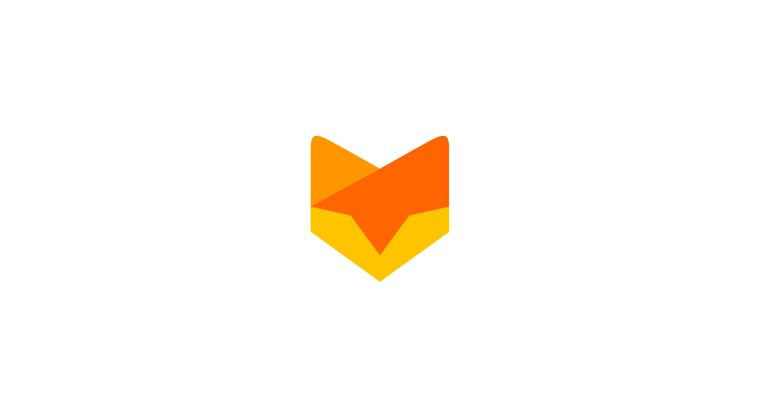More than the use case of a product, it is the user’s emotional and psychological connect that determines the repeated use of any product. When using Facebook you never think about its logical utility but it is the psychological pull from personal news shared by your friends and community that addicts you.
The user expectation and UX quotient are NOT CONSTANTS, to crack for once and successfully repeat later. Tomorrow we might stop using Facebook when our network moves to a different platform or when we find a better tool that offers a greater cause for us to shift. This happened to Orkut and recently Google shut it down for good.
User’s expectation continues to evolve, even unknowingly for the user, in such a way that it becomes tricky for an outsider to constantly arrive at what a user wants. In 2010, I remember saying this to my friend, “I like Orkut’s interface more than Facebook and I am not comfortable using Facebook because there is no focus on the news feed and I easily get distracted by apps and other sections on the side”. Orkut was ruling the subcontinent then. But I was made to change my perspective later, just because my network moved and Facebook matched its expectations.
If you are an ardent user of a product and if you understand the nuances of what works and what not, for a wider audience, you stand a great chance to identify the users’ evolving needs.
The following checklist is a guide for you to monitor few winning nooks while designing a product or feature:
1. Hook’em in
Make sure users can enable, access and realize the utility of the feature in a few simple steps. Understand the natural instincts of a user when s/he approaches the feature.
Hooked is a great literature that talks about how to make it easy for a user to get acquainted with any tool. You can read this summary to understand what this book is all about. In simple terms it talks about how to make a user invest in an app and repeatedly visit it by making every touchpoint simple and worthwhile.
2. Make it socially adoptable
If the utility of a feature depends upon more people in a user’s circle adopting it, your design options could vary depending upon whether it is a personal app or a business app. Think through if you need to provide options to invite people, send simple triggers for an individual to activate it, use it regularly, or allow admin to rollout the feature to the entire community.
All project management tools, customer support applications, chat applications, social tools capitalize on this theory and they all depend on groups of people to wholeheartedly accept the interface and utility of the product for wholesome success.
3. Offer visible productivity hacks
Tools like Evernote, Mint, OnePassword etc. just help the end users do things easily, which they were not able to, before. They make note taking, money managing, password handling easier for the user, respectively. The utility and productivity delivered by these apps are so visible and interpretable that they emerged as instant hits.
Evernote – key feature
Mint – key features
4. Help grow personally
Ask yourself this question.
Does the tool help one become a better person that s/he actually want to come back quite often?
If your answer is “Yes” that is a great sign of success too. LinkedIn, Khan academy, Coursera, Udacity and blogging platforms like Hackerearth, Reddit etc. are all great examples for setting such a premise for the user. These tools offer ways to incrementally promote users to the next level towards their goals, either by teaching new ideas or exposing them to a new world or by helping them showcase the better side of themselves.
5. Make one look good
You know how it feels like when hundreds of people start following you in a whisker or when flocks of friends in your network ‘like’ and ‘comment’ on an action you took in your life and posted on social media.
Yes, I am talking about Twitter and Facebook. These social tools let you broadcast or brag about your viewpoints, achievements and actions to the world and there by attracting people to constantly engage with you.
A simple utility offered by a commenting platform like Disqus can do wonders for blog writers in a similar fashion.
6. Inspire change
I was never motivated enough to learn Photoshop or confident enough to start a project until I came across some great works of other people via applications like Behance, Dribble and Kickstarter.
Their workflow and the scale of collating projects from the lengths and breadths of the world just allows anyone to present their stuff and become popular. Also these tools inspire people like me, who visit such sites out of curiosity to understand what these great people have to offer everyday. (Here I would like to remind you about “Hooked” and the concept of “Variable Rewards”)
7. Solve a problem differently, effectively and efficiently
Once you are accustomed to a way of handling a feature you can easily spot how much value a simple improvement to that way of working offers.
Though we are so used to Gmail and Outlook we still crave for tools like Mailbox that help us read and manage our mails efficiently.
And so..
If the process side of feature and product development lies in the disciplined execution of Customer Development interviews and iterations, creative side of feature development lies in the understanding of things curated above and more about evolving user needs that are mostly non-comprehendible to the end user himself.
But if you are able to break it open you will instantly enjoy the associated rewards.















